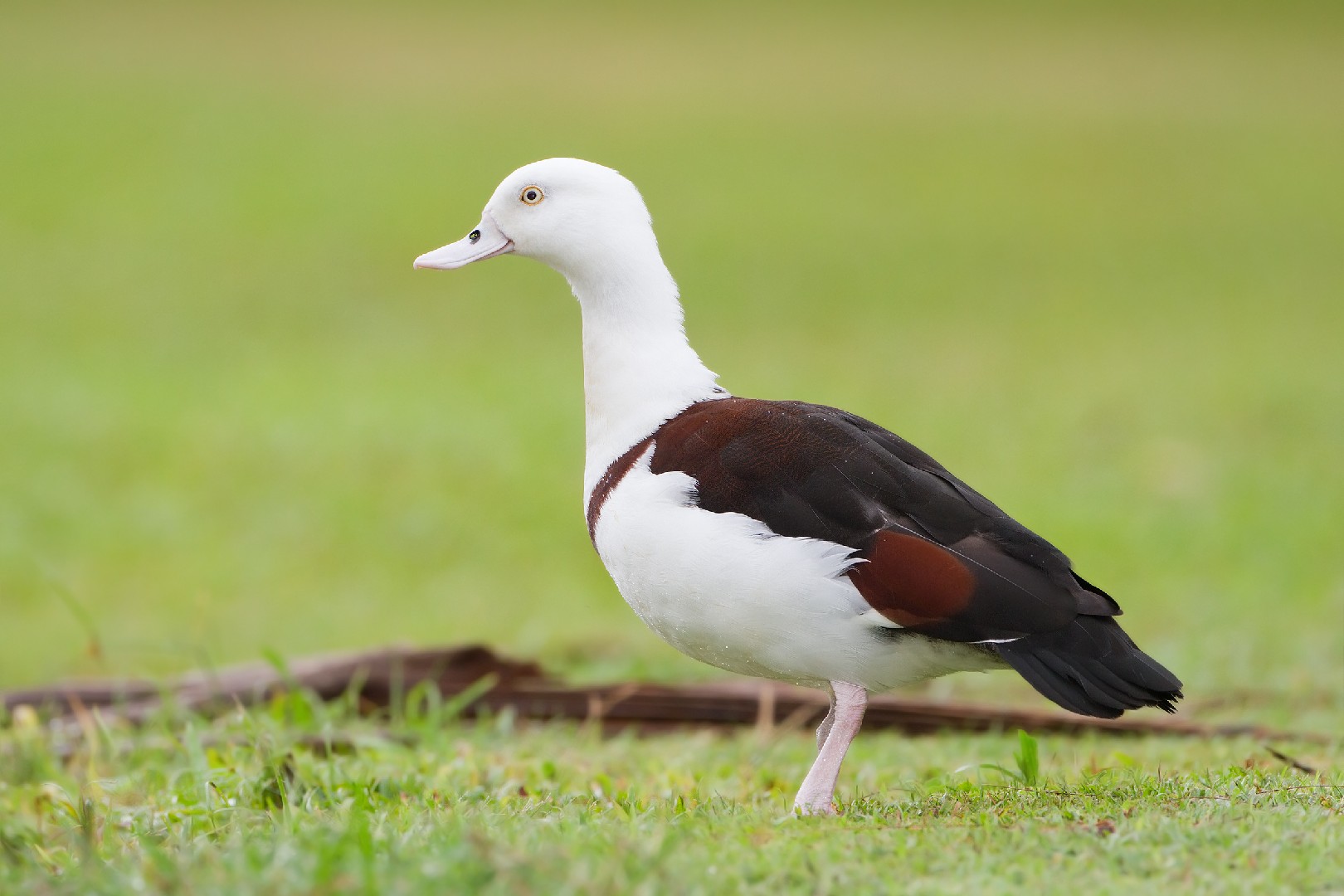Radjah Shelduck
A species of Typical Shelducks Scientific name : Tadorna radjah Genus : Typical Shelducks
Radjah Shelduck, A species of Typical Shelducks
Botanical name: Tadorna radjah
Genus: Typical Shelducks
Content
Description General Info
Description
Both the male and female of the species are mostly white, with dark wing-tips and a distinctive "collar" of dark feathers. Seen from above in flight the birds have green bands on the tops of their wings. The female has a harsh rattle and the male has a breathy, sore-throat whistle. 
Size
61 cm
Life Expectancy
15-28 years
Nest Placement
Ground
Feeding Habits
Radjah Shelduck primarily feeds on mollusks, insects, sedge materials, and algae. They forage by dabbling in shallow waters and have adapted to a varied diet reflective of their wetland habitats.
Habitat
Brackish waters of mangrove flats, paperbark tree swamps, freshwater swamps, lagoons, billabongs further inland
Dite type
Omnivorous
General Info
Feeding Habits
Bird food type
Behavior
The radjah shelduck forms long-term pair-bonds, and is usually encountered in lone pairs or small flocks. During the wet season the males commonly become very irritable, and have been observed attacking their mates. The diet consists mainly of mollusks, insects, sedge materials and algae. Pairs start searching for nesting sites during the months of January and February. They nest close to their primary food source, often in the hollow limbs of trees, which makes habitat destruction a particular issue. The radjah shelduck does not use nesting materials except for some self-supplied down feathers. Egg-laying is usually done by May or June, but depends on the extent of the wet season. The clutches range from 6 to 12 eggs. Incubation time is about 30 days. 
Distribution Area
The radjah shelduck inhabits the mangrove forests and coastline of New Guinea (West Papua and Papua New Guinea) and Australia, and some of the Moluccas in eastern Indonesia. In Australia, its primary range is coastal tropical northern Australia, from central Queensland through northern Northern Territory (including Kakadu National Park) to the Kimberley in Western Australia. The radjah shelduck is listed as a protected bird in all states of Australia and penalties exist for harming or disturbing them. The species prefers the brackish waters of mangrove flats and paperbark tree swamps, but will visit freshwater swamps, lagoons, and billabongs further inland during the wet season. 
Scientific Classification
Phylum
Chordates Class
Birds Order
Waterfowl Family
Geese Genus
Typical Shelducks Species
Radjah Shelduck 